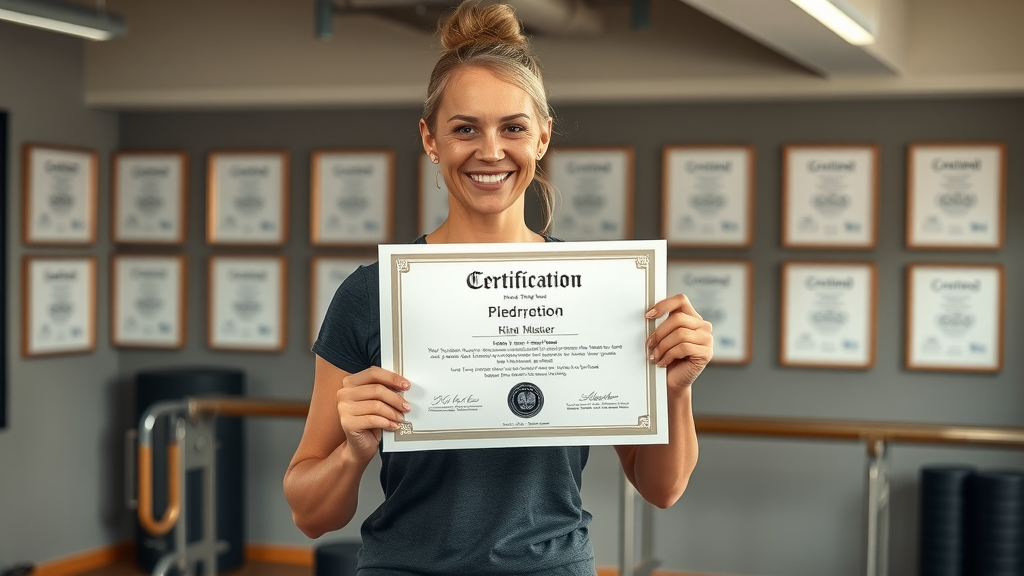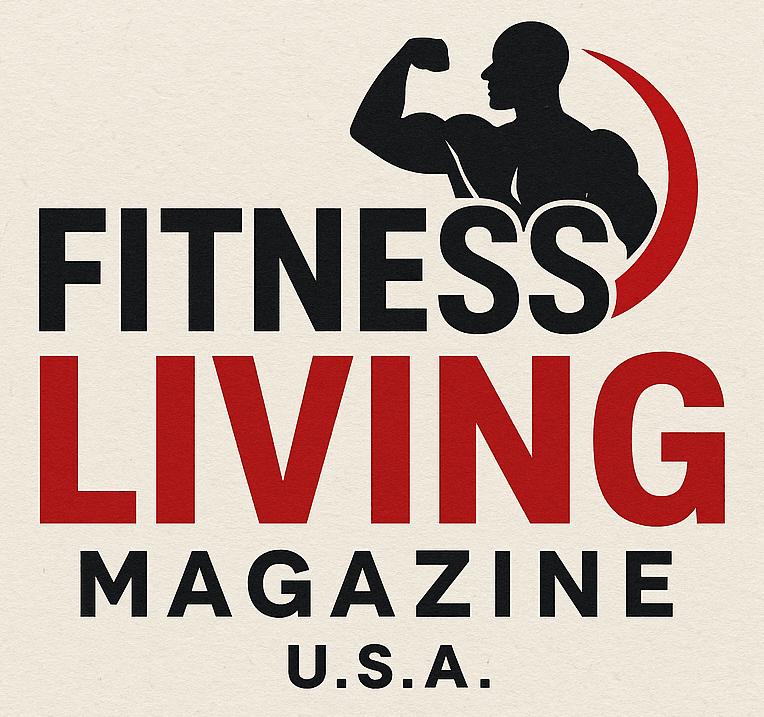Discover why safe Pilates practice hinges on personalized instruction and intimate class sizes, as explained by Jena Wilford of Pivot Pilates. This article unveils how expert guidance, small groups, and tailored programs significantly reduce injury risks and maximize client outcomes.
Introduction to Safe Pilates Practice: The Importance of Individualized Attention
- Definition and significance of safe Pilates practice
- Overview of how small class sizes contribute to safety
- Introduction to expert Jena Wilford and Pivot Pilates
Safe Pilates practice means performing Pilates exercises with accurate technique, proper modifications, and careful supervision to avoid injuries while maximizing benefits. This approach places a high priority on client safety, addressing individual needs, and adapting movements for unique physical conditions or limitations.
One fundamental factor that ensures safety is small class sizes . Small, intimate sessions allow instructors to provide focused, individualized guidance to each participant, correcting form, and offering personalized adjustments. This attentiveness minimizes risks such as improper alignment or overexertion, commonly seen in larger, impersonal classes.
Leading the way in promoting safe Pilates practice is Jena Wilford , an experienced professional at Pivot Pilates. Jena emphasizes that It's not technology that makes it the boutique, it's the individualized attention that you can't get from corporate places.
Her insights reveal that at Pivot Pilates, safety and personalized care underpin every aspect of their instruction.

Inviting Pilates studio entrance, showcasing a welcoming environment focusing on safe Pilates practice with personalized client care.
The Role of Small Class Sizes in Ensuring Safe Pilates Practice
- Maximum class sizes at Pivot Pilates: 4 for apparatus, 8 for mat classes
- How smaller groups allow for personalized instructor attention
- Risks of large classes: potential for injury and improper technique
At Pivot Pilates, the commitment to safe Pilates practice is reflected in their strict class size limits. Apparatus classes are capped at four participants, while mat classes accommodate up to eight. This low ratio ensures instructors can deliver individualized attention and hands-on guidance, vital for correcting posture and technique on the spot.
Jena Wilford explains, In classes of 10 or 20 people, trainers can't provide hands-on guidance, increasing risk of injury and disservice to clients.
Larger classes often compromise the quality of instruction, leaving some participants without adequate supervision which can result in injury or ineffective workouts.
The small class setting fosters not only safer execution but also a supportive atmosphere where clients feel seen and empowered in their Pilates journey, which is crucial for consistent progress and confidence building.

Intimate Pilates class delivering safe Pilates practice through focused attention in a small group environment.

Pilates instructor correcting client's form, exemplifying individualized and safe Pilates practice.
Qualified Instructors: The Backbone of Safe Pilates Practice
- Balanced Body accreditation and its rigorous certification process
- Continuous education and personalized client plans
- Examples of specialized training for clients with medical conditions
Central to safe Pilates practice is the expertise of qualified instructors. Pivot Pilates trainers carry the prestigious Balanced Body accreditation, a rigorous international certification that requires at least two years of intensive training. Each instructor must master multiple segments of Pilates anatomy and exercise technique before progressing, ensuring comprehensive knowledge and proficiency.
Jena Wilford highlights, Our trainers have to test out of each section before moving on, ensuring they truly know how to help clients safely.
Beyond initial certification, instructors regularly participate in continuing education, tailoring each client's program to their specific needs, whether recovering from injury or managing chronic conditions.
Examples include personalized plans for clients with neurological disorders, scoliosis, or hypermobility, emphasizing functional safety and effectiveness.

Professional Pilates instructor at certification ceremony, symbolizing commitment to safe Pilates practice through expert training.
Tailored Pilates Programs for Diverse Client Needs
- Serving clients from ages 18 to 80+, including those with chronic conditions
- Modifications for injuries, scoliosis, hypermobility, and neurological disorders
- Importance of matching clients with the right trainer and program
Safe Pilates practice extends beyond class size and instructor credentials; it entails customized programs that address individual physical realities. Pivot Pilates serves a broad age range, from young adults to seniors over 80, including people with chronic health challenges such as dialysis dependency and feeding tubes.
Training modifications for conditions like scoliosis, hypermobility, and neurological disorders ensure clients exercise safely and effectively. Jena Wilford notes the gym's dedication to matching each client with the most suitable trainer and program, fostering maximum benefit and safety.
Such tailored approaches enable clients with diverse abilities and needs to participate confidently, supporting rehabilitation or fitness goals without compromise.

Diverse group of Pilates clients performing adapted exercises, highlighting individualized and safe Pilates practice across abilities.
Case Studies: Success Stories from Pivot Pilates Members
- Clients with dialysis and feeding tubes benefiting from Pilates
- Military veteran trainer bringing extensive experience
- Long-term client retention and community building
Pivot Pilates has earned a reputation for safely supporting clients with complex medical needs. For example, clients attached to dialysis machines or feeding tubes participate in adapted classes with expert oversight. The inclusion of a military veteran trainer with over 20 years of experience underlines the center's high trainer caliber.
Longevity among members is notable, with many clients staying engaged for over a decade. This long-term retention reflects both the safety and personalized care foundational to the Pilates practice at Pivot Pilates.

Older client with dialysis equipment performing Pilates with supportive instructor, exemplifying safe Pilates practice.
Creating a Supportive Gym Environment Beyond Physical Fitness
- Emotional and social benefits of the gym community
- Business connections and lifelong friendships formed
- Client-centered philosophy prioritizing people over profits
Safe Pilates practice flourishes in an environment that nurtures not only physical safety but also emotional well-being. Pivot Pilates cultivates a warm, supportive community where clients feel valued and connected. Jena Wilford shares, People may not remember what you say, but they're going to remember how you make them feel.
Members form meaningful social networks, often creating business relationships and lasting friendships. This client-centered philosophy focuses on people first, promoting a gym culture that prizes safety, care, and connection over mere profit.

Warm Pilates gym community, capturing safety and connection important for safe Pilates practice.

Clients and trainers enjoying social time after Pilates class, enhancing safe Pilates practice through community.
Challenges and Opportunities in Maintaining Safe Pilates Practice
- Limitations of the physical gym space and building quirks
- Balancing class offerings to meet client needs sustainably
- Competition with corporate gyms offering lower prices but less quality
Maintaining safe Pilates practice comes with unique challenges. Pivot Pilates operates out of a historic building with quirks such as plumbing issues requiring special pumps, and the need to run dehumidifiers. These physical limitations impact operational efficiency but have not deterred the gym’s mission.
Balancing the number of offered classes (between 15 and 18 weekly) ensures client needs are met without overextending resources, upholding quality and safety standards. Additionally, the gym faces competition from corporate chains offering cheaper prices but lacking the individualized attention and certified expertise that Pivot Pilates provides.

Compact Pilates studio managing limitations while ensuring safe Pilates practice.
Leveraging Technology to Support Safe Pilates Practice
- Use of YouTube videos for exercise guidance and client confidence
- Current simple website and class sign-up system
- Potential benefits of membership site technology for client engagement
While emphasizing human connection, Pivot Pilates embraces technology as a supportive tool for safe Pilates practice . The gym’s owner, Glenn, produces instructional YouTube videos so clients can review proper exercise techniques at home, boosting confidence and reducing the chance of unsafe practice.
The facility uses a straightforward website for class registration, using a platform originally designed for other industries, which is functional but not ideal. Jena Wilford and the team recognize the potential for advanced membership site technology to enhance client engagement and streamline operations while maintaining personalized care.

Client accessing Pilates exercises online, reinforcing safe Pilates practice with digital guidance.
Expert Advice: How to Choose a Gym Focused on Safe Pilates Practice
- Evaluate instructor qualifications and certifications
- Look for gyms that prioritize individualized attention
- Ask questions and seek transparency about class sizes and pricing
When selecting a Pilates gym, Jena Wilford advises prioritizing safety by assessing instructor expertise and the gym’s philosophy. Start by looking at what the gym says their philosophy is and how qualified their instructors are,
she recommends. It is crucial to choose studios that emphasize individualized attention over large group profit maximization.
Prospective clients should ask about class sizes, pricing transparency, and the extent to which instructors tailor programs to individual needs. This due diligence helps ensure a safe Pilates practice environment that aligns with personal health goals.

Potential client inquiring about Pilates gym qualifications to ensure safe Pilates practice.
People Also Ask (PAA)
- What is considered a safe Pilates practice? Safe Pilates practice involves exercises performed with proper technique, tailored modifications, and instructor oversight to prevent injury and maximize benefits.
- Why are small class sizes important in Pilates? Small class sizes allow personalized instructor attention, ensure correct form, and reduce injury risk, supporting safe Pilates practice.
- How do qualified instructors impact Pilates safety? Qualified instructors with rigorous certification and ongoing education provide expert guidance, essential for safe Pilates practice.
- Can Pilates be adapted for people with medical conditions? Yes, Pilates can be tailored with modifications and individualized programs to safely accommodate various medical conditions.
- What should I look for when choosing a Pilates gym? Look for certified instructors, small classes, a client-focused philosophy, transparent pricing, and the ability to provide individualized attention for safe Pilates practice.
Key Takeaways
- Small class sizes enable personalized attention essential for safe Pilates practice.
- Qualified, certified instructors ensure Pilates exercises are tailored and safe for diverse clients.
- A supportive community environment enhances both physical and emotional aspects of Pilates practice.
- Technology supports but does not replace the need for individualized instruction in safe Pilates practice.
- Choosing the right Pilates gym requires assessing instructor qualifications and prioritization of client care.
| Class Type | Max Class Size | Price Options | Focus |
|---|---|---|---|
| Apparatus Classes | 4 | $350 for 10-pack | Individualized, safe practice |
| Mat Classes | 8 | $250 for 10-pack | Group with personalized modifications |
| Unlimited Classes | Varies | $300/month | Access to all classes |
Conclusion: Prioritizing Safety and Individual Care in Pilates
- Safe Pilates practice is achieved through small classes, certified instructors, and personalized programming that prioritizes client health.
- Pivot Pilates exemplifies a client-first approach, nurturing both physical wellness and a supportive community atmosphere.
- Investing in quality instruction and individualized care over mass enrollment leads to long-term member satisfaction, safety, and optimal results.
 Add Row
Add Row  Add
Add 



Write A Comment